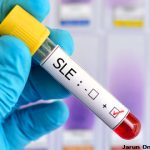They say the body remembers what the mind wants to forget. For those who have experienced trauma, not only does the body remember, in some cases it works on making things worse. Such is the situation with trauma and lupus, says a new study published in Arthritis & Rheumatology in October. The study, titled, “Association…








